您的购物车目前是空的!
How to Critique Artwork effectively begins with understanding that it is both an analysis and an evaluation of a piece. While each viewer’s reaction and interpretation will differ, following a few core guidelines can help ensure your critique is thoughtful and well-rounded. Typically, an art critique includes four main components: description, analysis, interpretation, and judgment.
Part1 Describing the Work
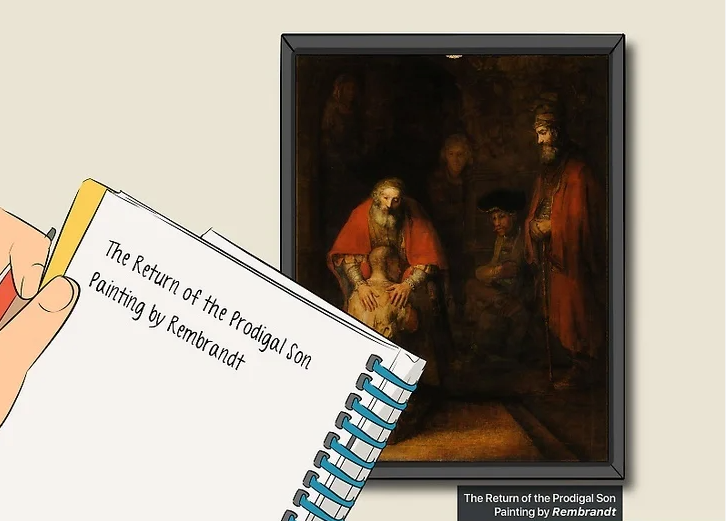
1. Gather the basic information about the artwork.
Start your critique by noting the essentials—this is similar to what you’d see on a museum or gallery label. Record the title, artist’s name, year of creation, place of origin, medium (e.g., oil on canvas), and dimensions. These details provide important context and help you better interpret the piece.
🏷️ Artwork Background
Reference: Tate Art Terms

2. Begin by describing what you see in neutral terms.
Avoid judgmental words like “beautiful” or “ugly.” Instead, describe the subject matter, scale, and composition. For example: “This is a small portrait of a young woman, shown from the torso upward, against a dark background. She clasps her hands at her chest, looks slightly upward, and wears a pink dress with a long veil.” At this stage, your role is to observe, not critique.
👀 Objective Observation
Reference: Met Museum How to Read Art

3. Discuss the formal elements of the artwork.
A deeper analysis comes from examining the five essential elements of art: line, color, space, light, and shape. Consider how the artist uses each of these to build the overall composition and evoke a particular effect.
🎨 Elements of Art
Reference: Getty Museum Education
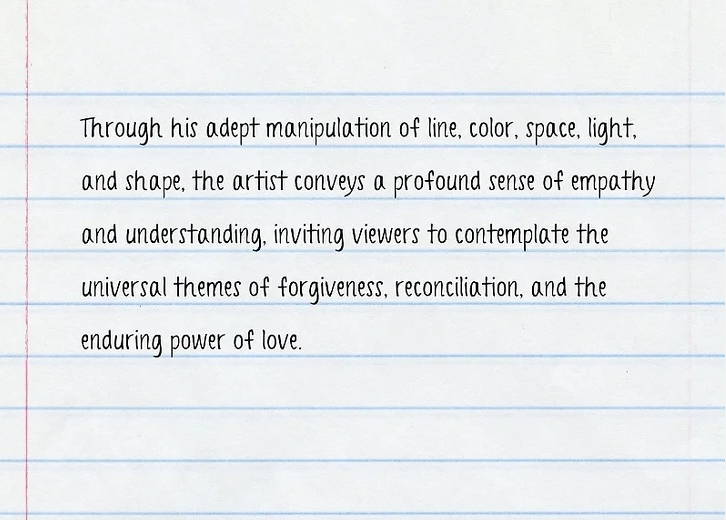
4. Examine how line is used throughout the piece.
Lines may be literal or implied, each creating unique moods. Curved lines can feel calm, while jagged lines suggest energy or chaos. Rough sketchy lines may add movement, while smooth lines feel deliberate and controlled. Sometimes, lines are implied—for instance, figures gazing in one direction can guide the viewer’s eye.
➰ Line and Movement
Reference: MoMA Learning
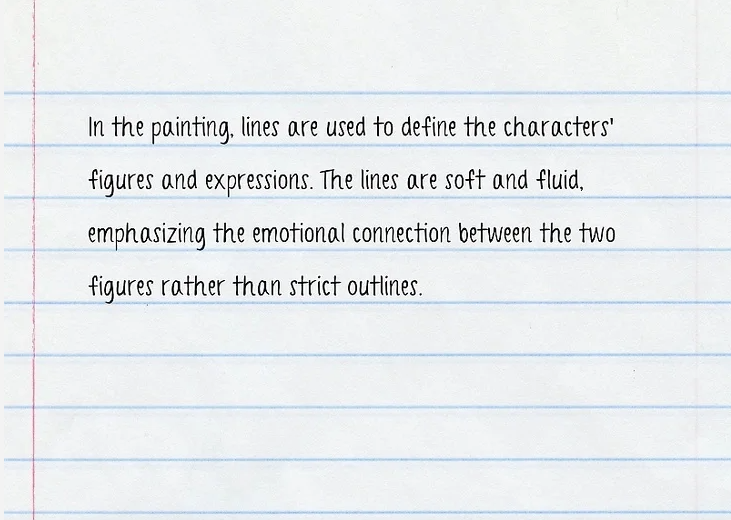
5. Analyze the artist’s use of color.
Look at hue, value, and intensity, as well as overall color schemes. Are the colors harmonious or clashing? Is the palette vibrant or subdued? For example, a monochromatic blue painting may convey calmness or melancholy, while complementary colors can add tension or vibrancy.
🌈 Color Theory in Practice
Reference: Color Matters
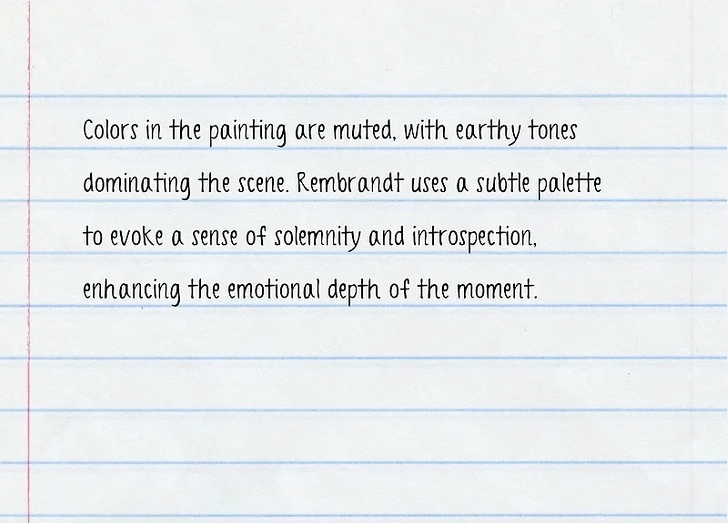
6. Consider the use of space within the artwork.
“Space” includes both positive (occupied) and negative (empty) areas. Discuss whether the work conveys depth through perspective and overlapping forms, or whether it feels flat. In two-dimensional art, space often creates an illusion of depth, while in sculpture, space interacts with the work physically.
📐 Spatial Composition
Reference: Khan Academy Art History
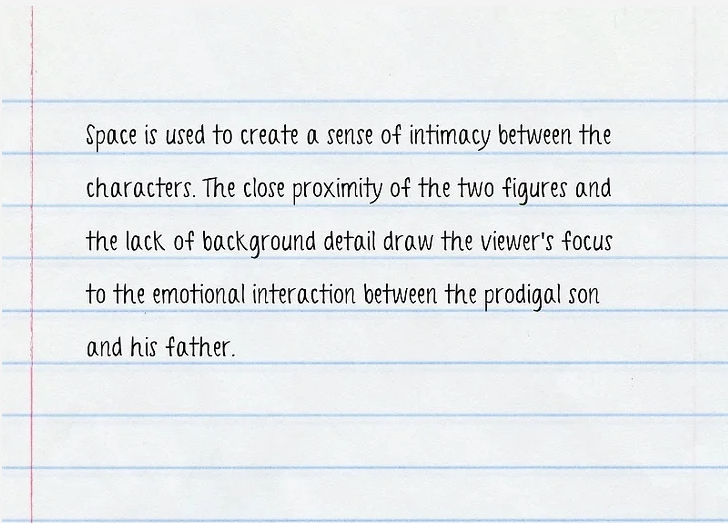
7. Evaluate the role of light in the piece.
Light can appear warm or cool, natural or artificial, bright or dim. In painting, it’s often represented with shading, highlights, and contrast. In sculpture or installations, actual light sources may shape how the work is perceived, creating reflections and shadows that add complexity.
💡 Light and Illumination
Reference: National Gallery of Art
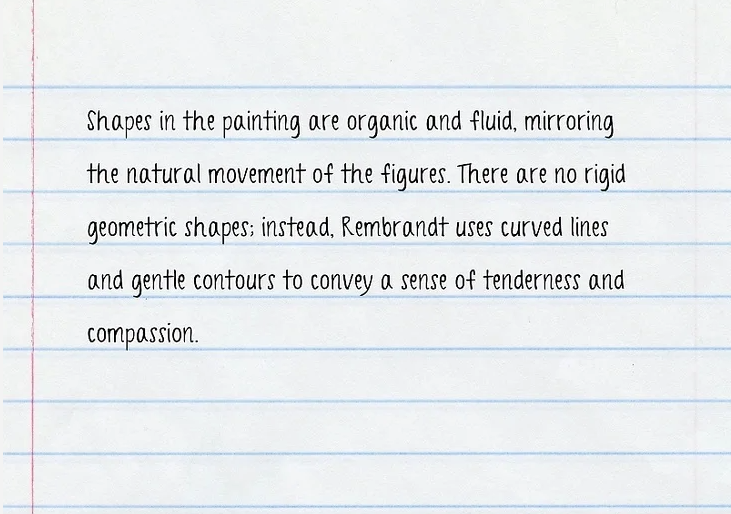
8. Observe how shape functions in the composition.
Shapes can be geometric (precise and structured) or organic (irregular and natural). Identify whether one type dominates or if there’s a mixture. Shapes often reinforce meaning—for example, triangular forms in portraits can emphasize stability, as seen in James Sant’s paintings of brides.
🔺 Shape and Form
Reference: Art Story Foundation
Part2 Analyzing the Work
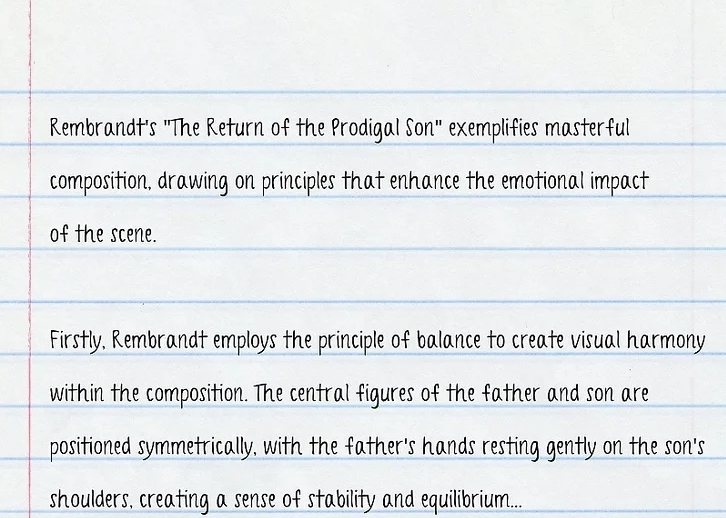
1. Discuss How the Work Uses Principles of Composition
When analyzing an artwork, it’s essential to understand how the principles of composition create unity or tension within the piece. Consider balance—do the colors, shapes, and textures establish harmony, or does the artist intentionally disrupt equilibrium? Contrast plays a vital role too: opposing hues, jagged versus curved lines, or rough versus smooth textures can energize the composition. Additionally, think about movement, or how the eye travels across the canvas. Strong directional lines or light-dark transitions may guide your gaze. Lastly, proportion affects interpretation: exaggerated or minimized figures can distort realism to emphasize meaning.
Subheading: Balance, Contrast, Movement, and Proportion
Learn more about composition in art – Tate Museum
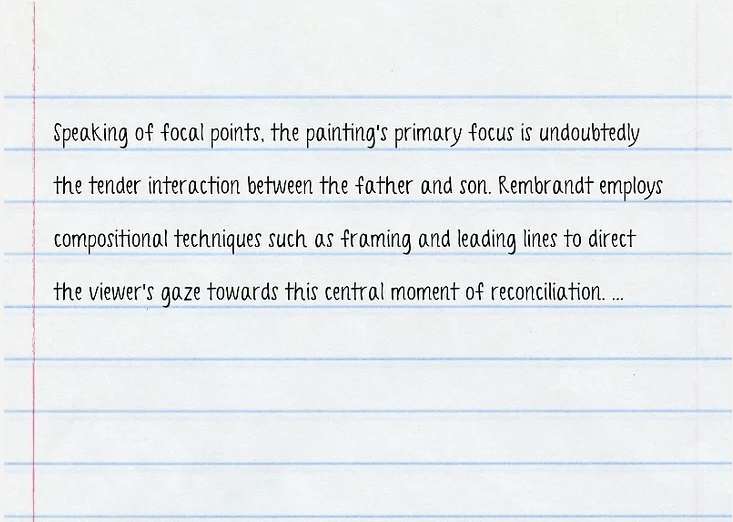
2. Identify the Points of Focus in the Work
Most artworks are designed with one or more focal points that attract immediate attention. In portraiture, this is often the face or eyes; in still-life paintings, it could be a centrally placed or brightly lit object. When viewing a composition, ask yourself: which element keeps drawing your gaze back? Often, scale, lighting, or spatial positioning help create this hierarchy of focus. For example, a larger-than-life figure or a spotlight effect naturally emphasizes importance.
Subheading: Recognizing Visual Emphasis
Explore focal points in art analysis – Khan Academy
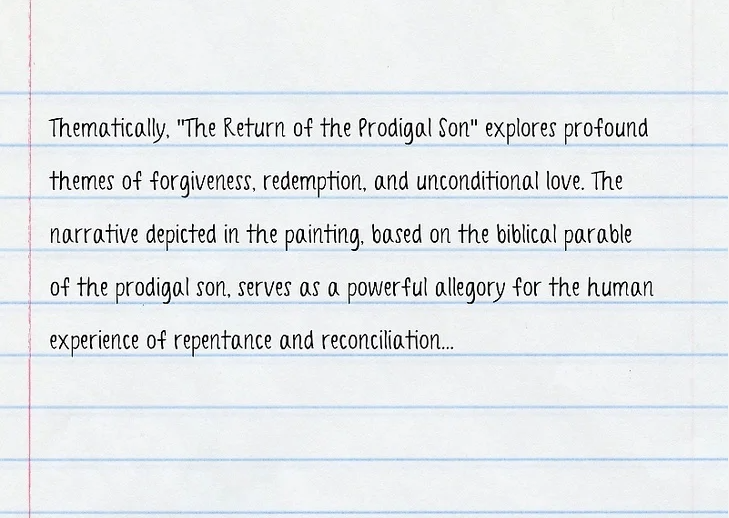
3. Look for Themes in the Work
Beyond form, many works of art convey deeper themes. Artists frequently use design elements like color, light, and symbolism to express broader ideas. For instance, Picasso’s Blue Period employed monochromatic palettes to evoke melancholy. Renaissance artists, such as Botticelli in The Birth of Venus, used mythological imagery to communicate humanistic ideals. Repetition of motifs, such as Frida Kahlo’s recurring use of plants and flowers, can also reflect personal or cultural identity. Identifying these themes allows for a richer interpretation that goes beyond the visual surface.
Subheading: Themes, Symbolism, and Motifs
Symbolism and meaning in art – Smarthistory
Part3 Interpreting the Work
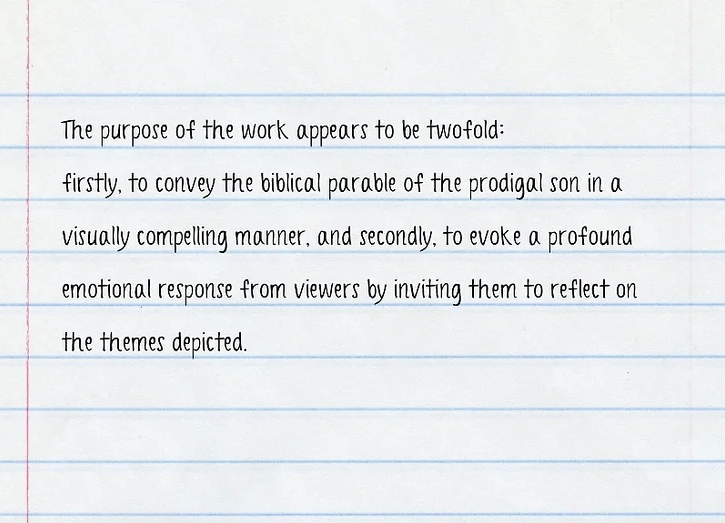
1. Identify the Purpose of the Work
When analyzing an artwork, it is helpful to consider the purpose behind its creation. What message was the artist trying to communicate? Was the work meant to inspire, critique, honor, or provoke reflection? By summarizing the overall meaning of the piece, viewers can begin to connect its formal qualities to broader cultural or emotional contexts. Often, purpose is revealed through symbolism, subject matter, or the historical moment in which the work was made.
Subheading: Understanding Artistic Intent
Read more on interpreting artistic purpose – The Met Museum
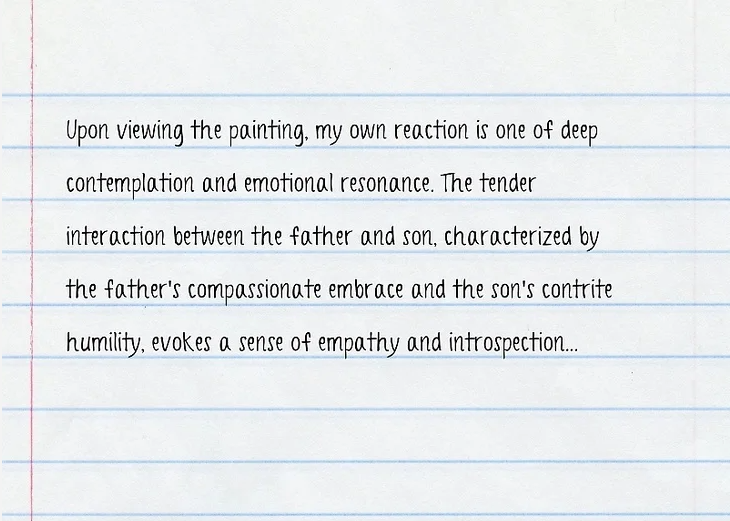
2. Describe Your Own Reaction to the Work
Once the artist’s intention is considered, it is equally important to reflect on your personal reaction. How does the piece make you feel? Does it evoke sadness, hope, peace, or even discomfort? This step involves moving into a more subjective space, using expressive language to describe emotional responses. For example, the mood of a work may remind you of other artworks, lived experiences, or cultural ideas, creating a personal bridge between the art and your own perspective.
Subheading: Emotional Responses and Mood
Explore how viewers respond emotionally to art – Psychology Today
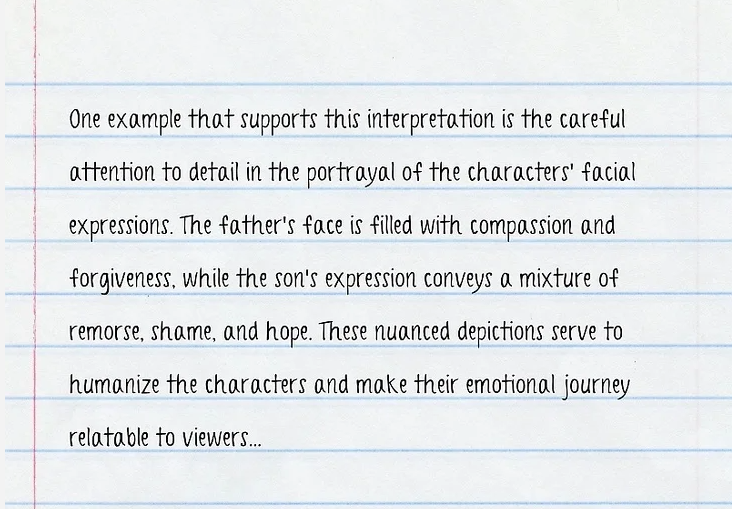
3. Back Up Your Interpretation with Examples
To make interpretations convincing, it is essential to support them with evidence from the artwork itself. For instance, if you feel a painting conveys hope, point to the upward gaze of a figure, the use of bright light, or vibrant color choices that reinforce your impression. Similarly, if the mood is somber, note the muted tones, shadowed areas, or downward gestures. Providing concrete visual examples ensures that your interpretation is not only personal but also rooted in observable features of the composition.
Subheading: Evidence-Based Interpretation
Learn how to analyze visual evidence – Khan Academy
Part4 Judging the Work
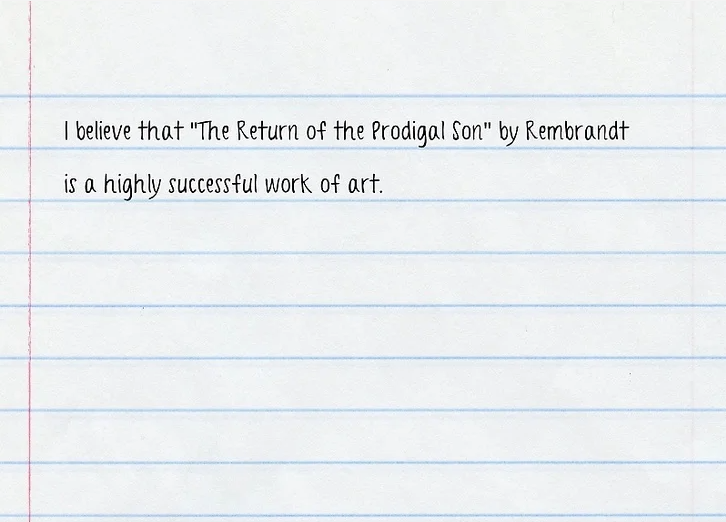
1. Decide Whether the Work Is Successful
When critiquing art, the goal is not to declare whether the piece is simply “good” or “bad,” but rather to assess if it is successful. Success can be measured by asking questions such as: does the work effectively communicate the artist’s intended message? Has the artist demonstrated skill in using their tools and techniques? And finally, does the artwork stand out as original, or does it merely imitate other creations? These criteria provide a foundation for evaluating the work beyond personal taste.
Subheading: Defining Artistic Success
Further reading on what makes art successful – Tate Museum
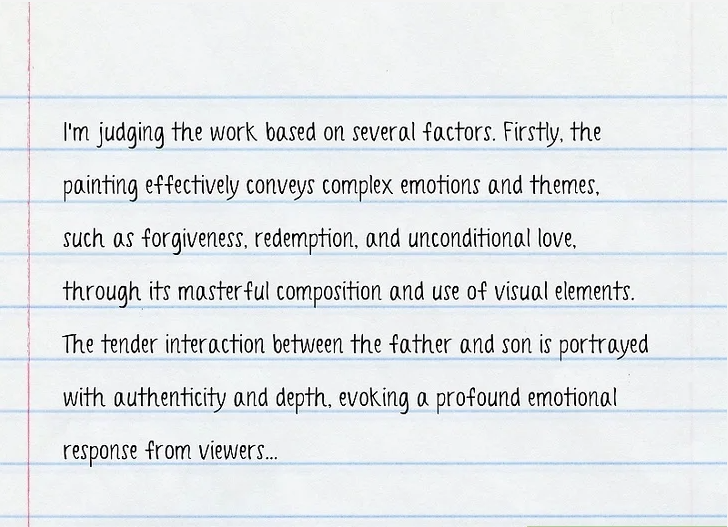
2. Explain How You Are Judging the Work
After deciding on the framework for evaluation, it is important to clarify the criteria you are using to judge the piece. For example, you may choose to focus on the work’s technical execution, its structural organization, or how effectively it conveys mood and themes. By explicitly stating the lens through which you are evaluating the artwork, your critique becomes more transparent and systematic. This approach also helps distinguish personal reactions from objective analysis.
Subheading: Establishing Evaluation Criteria
Learn more about evaluating art – Smarthistory
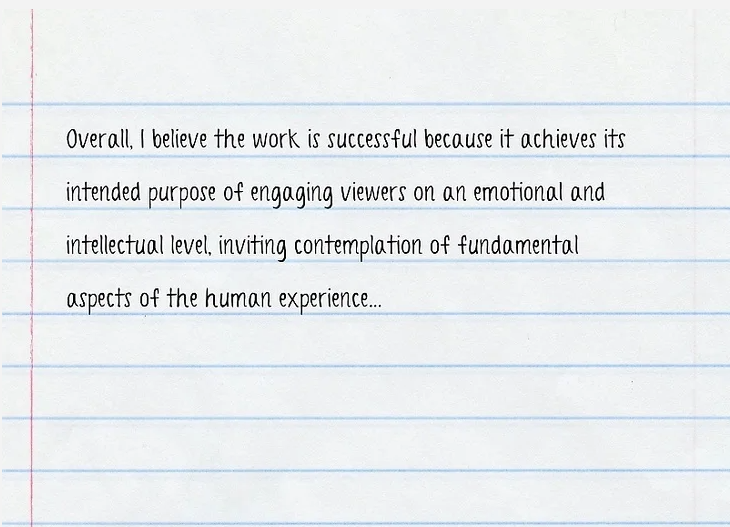
3. Summarize Why the Work Is Successful or Unsuccessful
Once you have analyzed the work through your chosen lens, you can summarize your judgment. In just a few sentences, explain whether you believe the piece achieves its purpose and why. Be specific: highlight the use of light, gesture, line, or composition that supports your assessment. For instance, you might conclude that the work is successful because all elements combine harmoniously to express its intended mood, or unsuccessful because the execution undermines its message.
Subheading: Final Judgment and Justification
Explore examples of art critique – Khan Academy